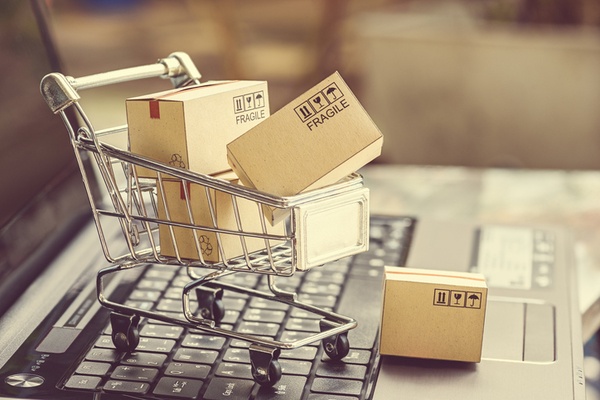The c-store retail environment has been seemingly ever-changing over the past few years. A big question many convenience store owners may have is, what does the future of c-store retail really look like?
Why Amazon Isn't Exactly a Threat to C-Stores...YET!
Since the early 2000s, Amazon has been disrupting and challenging businesses in most consumer product and service industries. The ecommerce giant has single-handedly transformed the way that consumers choose to spend their money, find the products they want, and get the products to their homes. For some time, the businesses that have traditionally been able to rely on in-person traffic to drive sales felt safe from Amazon’s growth, but now that’s changing too. With developments such as the Whole Foods acquisition, AmazonGo stores, grocery delivery, and even private label products now grocery stores, c-stores, and even gas stations are feeling the pressure. Although it’s important for store owners to stay aware about what is happening across retail, it may be too soon for c-stores to assume Amazon is stealing their business.
Numbers Don’t Lie
The first thing to understand about Amazon is that so far, the company is thriving because of online sales. Online grocery sales only made up 1% of the money US households spent on food and beverage in 2014. While that number is expected to grow over time, the fact of the matter is that consumers just aren’t quite ready to solely rely on delivery to buy their food items.
Some other important statistics to know are related simply to how much better convenience stores are fit to meet the needs of their core consumer:
- 83% of products purchased in a convenience store are consumed within one hour of purchase
- 65% of products purchased in a convenience store are consumed immediately (on site, at the store)
- Convenience stores sell 23.8% of packaged beverages in the U.S.
- 65% of shoppers eat three or more snacks per week away from home
C-store owners should not lose hope. While Amazon is still trying to find the right ways to get involved in the convenience industry, right now, they simply can not compete with a convenience store that can satisfy cravings/needs instantly and on-the-go.
Hot and Fresh is Still Important
Amazon can get products to a customer’s door quickly, but they can’t cater to consumer demands for prepared foods and drinks. More and more consumers are looking for quick and convenient access to quality tasty meals, convenience stores are becoming top locations for these. In 2016, proprietary foodservice programs (programs created by the store owner/operator), had a compound annual growth rate of 2.4% over the previous 5 years. Now, even more c-stores have made foodservice a priority and the category contributed to 33.9% of gross profit just last year.
If you want to dive even deeper into why foodservice makes the most sense for the c-store industry to survive the Amazon movement, look at consumer food trends that say more and more consumers are most interested in healthy, transparent, and local foods. These are things Amazon just isn’t yet fit to provide.
They’re Still Figuring it Out
As most entrepreneurs know, it takes a lot of hard work to make a brand new business successful. Although Amazon is hardly a new business, they are trying to build a type of company that hasn’t been built before by embarking on so many different profit lines like streaming, distribution, and product subscription. Fortunately for c-stores, that means store owners in other industries have time to revolutionize on their own and/or find ways to compete. If you’re a c-store owner, instead of thinking your business is facing a certain demise you should be working on avoiding the need to shut down in the face of Amazon and other company’s growth.




